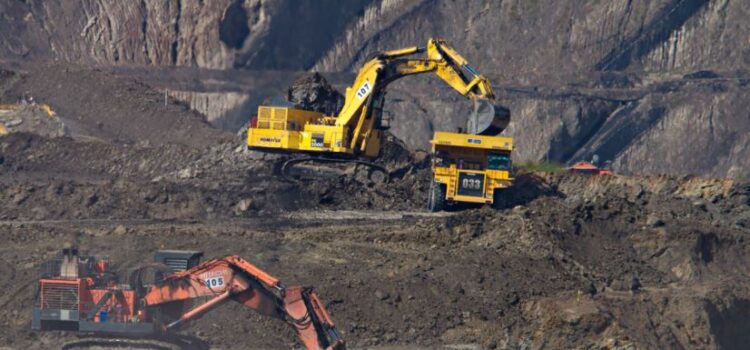

This article is an excerpt from the Shortform summary of "The Innovator's Dilemma" by Clayton M. Christensen. Shortform has the world's best summaries of books you should be reading.
Like this article? Sign up for a free trial here .
What are some industry disruptors? What forms do disruptive business models take?
Industry disruptors are best understood in the context of case studies. The excavator industry offers examples of disruptive business models.
Read on to understand disruptive business models and industry disruptors through the excavator industry.
Excavator Industry Disruptors
In 1950, a dominant cable excavator manufacturer, Bucyrus Erie, saw hydraulic excavators’ rise and bought a small hydraulic backhoe company. But instead of entering the emerging residential construction market, Bucyrus created a hydraulic-cable hybrid to market to its existing customers. Bucyrus was one of the excavator industry disruptors.
The machine, called the Hydrohoe, used hydraulics to guide the shovel into and through the dirt, but it used cables to lift the bucket. The cables enabled the Hydrohoe to lift bigger loads, which Bucyrus thought would make the machine robust enough for its customers. However, the Hydrohoe still didn’t have enough capacity or reach for Bucyrus’s customers, so the product languished on the market for 10 years and the company eventually resumed selling cable excavators.
Disruptive Business Model: Invading Existing Market
Over time, backhoes improved and significantly increased bucket capacity—from ⅜ cubic yard in 1955 to 10 cubic yards in 1974. With improved capacity, hydraulic backhoes ascended into the traditional cable excavator market as industry disruptors.
Once hydraulic excavators improved enough to satisfy cable excavators’ customers, the performance attributes that customers valued began to shift. Put another way, now that both models were good enough to get the job done, increased capacity was no longer a competitive advantage.
With their capacity needs satisfied, customers started making buying decisions based on reliability instead of capacity. (We’ll talk more about this concept in Chapter 9.) Hydraulic excavators didn’t carry the risk of having a cable snap while carrying a heavy load, so they began to pull ahead of cable excavators.
At this point, established firms’ businesses started to take a hit. Some firms adapted by looking to industry disruptors and developing hybrids like the Hydrohoe, but all of them treated hydraulic technology as a sustaining innovation that could improve their products to market to their existing customers. All but four of the companies ultimately failed.
By contrast, the entrant companies had framed hydraulics as industry disruptors and targeted an emerging market. In other words, the entrants found a market to match the technology, while the established firms tried to adapt the technology to meet their market. Even though the industry disruptors eventually entered the traditional market, the entrants had certain advantages because they started in the emerging market and expanded upmarket.
During the two decades that the startups were serving the emerging market, the companies developed expertise in designing, improving, and selling the products. By the time they entered the traditional excavator market, that experience gave them an advantage over the established firms. That was the long game of their disruptive business models.
Excavator Companies Listened to Their Customers—And It Cost Them
Cable excavator manufacturers didn’t fail because hydraulic technology exceeded their capabilities or because they were oblivious about their customers’ needs. Rather, the companies failed because they were tuned into their customers’ needs, and hydraulic excavators didn’t make sense for their customers—and, thus, for their profits. The established companies had to focus their resources on staying competitive in their market.
Ironically, these decisions based on the companies’ survival cost many firms their entire businesses. In the next chapter, we’ll talk about how an organization’s past success creates barriers to adopting disruptive innovations.

———End of Preview———
Like what you just read? Read the rest of the world's best summary of Clayton M. Christensen's "The Innovator's Dilemma" at Shortform .
Here's what you'll find in our full The Innovator's Dilemma summary :
- Christensen's famous theory of disruptive innovation
- Why incumbent companies often ignore the disruptive threat, then move too slowly once the threat becomes obvious
- How you can disrupt entire industries yourself






